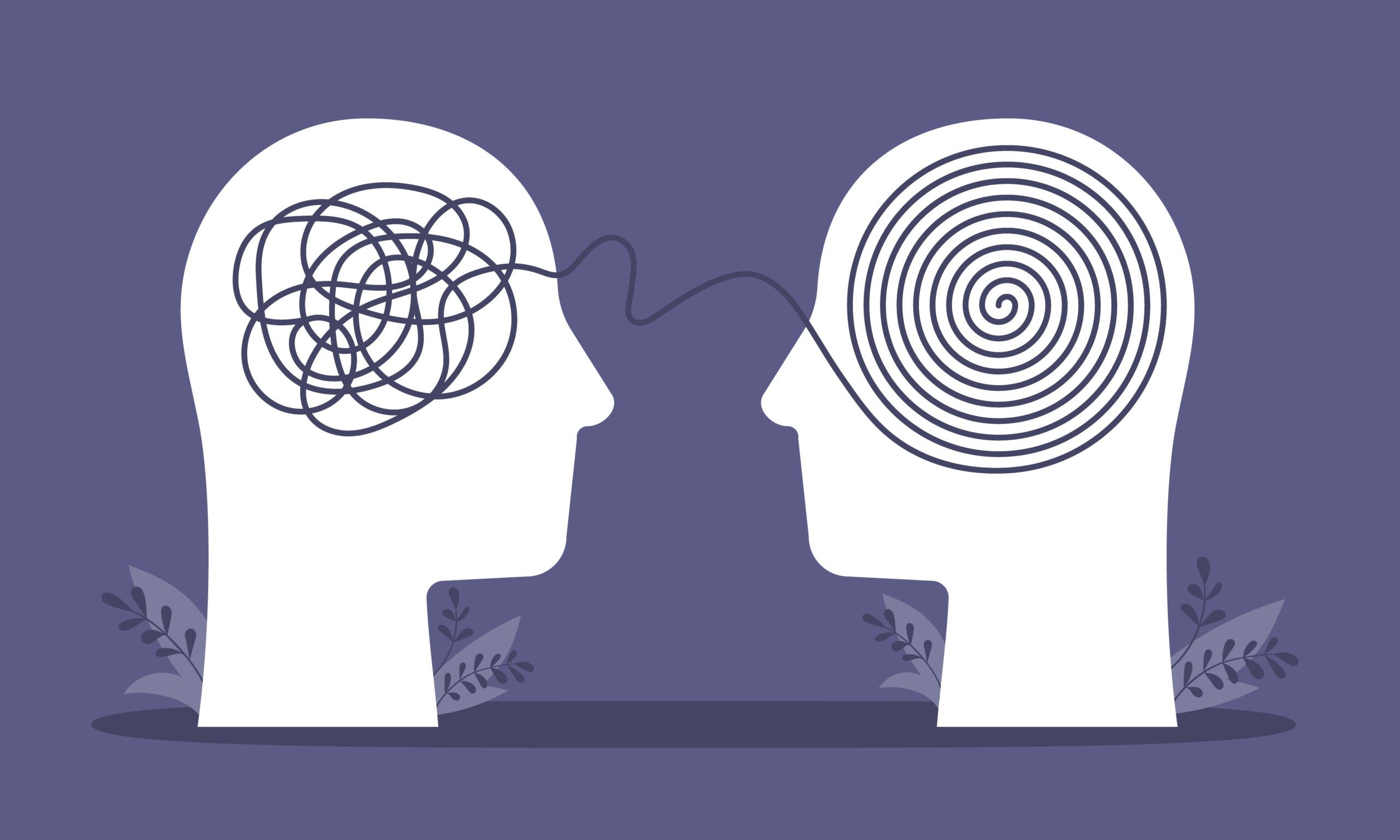Dear Friend,
People seem to hate each other a lot these days. It is not merely that people have differing opinions and thus disagree with each other. It is more that people are pitted against each other, and hate the person on the other side, as though the sheer existence of the person or group that you do not approve of is itself the problem. Their existence is repugnant. The response is to seek to eliminate “the other.”
With increasing regularity, we see people demand that those who are different from them and whom they have grown to hate cease to be heard, seen or treated as fully human. Yes, this happens on very public levels with rival political factions or ideological groups. But it also happens in smaller communities and within peer groups, even friend groups.
Read more from the Letters to a Young Catholic series here.
Here’s the worst part: I recognize myself as tempted to do the same thing when confronted with “the kind of people I don’t like.” I begin by assuming the worst about their motives. I am frustrated and even vexed because their way of being or thinking feels like a threat to me and the way I am. I feel the seduction of creating “in groups” and “out-groups,” of rallying around a sense of “us” that is opposed to “them.” The more my access to information and especially digital contacts grows, the more my potential for disdain and quick judgments grows, too.
I find this all exhausting and depressing, even numbing. What about you?
A simple, profound habit
It turns out that we are not the first people to swim in social dynamics like these. I recently came across something that gave me a new perspective as I was reading about the life and witness of the Italian saint, Gianna Beretta Molla. It was something her husband Pietro said about his own life and experience that made a lasting impression on me and comes back to my mind now.
Gianna and Pietro lived through the rise of fascism in Europe during the first half of the 20th Century. During their formative years as teenagers and 20-something young adults, it became increasingly common for people to group into tribes against “less desirable” members of their society. Across their nation and in their own community, neighbors were becoming enemies. It was common to learn to hate each other.
But Pietro, like Gianna, was part of a movement called Catholic Action. The basis of this movement was to form communities of people who gathered together regularly to pray and get to know each other and then serve those who were suffering in their communities. In reflecting on his regular participation in this truly countercultural form of community during his formative years, Pietro said this:
“If I had to sum up the essence of my formation as a Catholic layman in one single concept, I would choose ‘respect for my neighbor.’ … Catholic Action taught me great respect for others, and this attitude has been invaluable for me in my life. In the decades I spent in factories with positions of great responsibility, precisely respect for my neighbor saved me in the Fascist years, during the war, and in the period of great strikes.” (“Saint Gianna Molla,” Ignatius, $14.95).
I don’t want you to miss the simplicity and power of what Pietro is saying. The simplicity is that all he did was regularly get together with others — in person! — getting to know them for who they were and then doing works of service with or for them. The power, however, is that this regular rhythm of his life saved him from becoming a hateful and prejudiced person when the dominant influences in his society were leading most people to become just like that.
From Pietro Molla, I have learned that the first step in learning how to love your neighbor is taking the time to grow in respect for your neighbor. Pietro did not resort to seeing people as “types”; instead, he spent time with different people whom he came to know as real, complex and unique persons. This is what saved Pietro from the propaganda of his age.
I think about Pietro when I think about the kind of world you and I live in today. We can sit alone in our rooms and, through a handheld device, encounter news and messages from people all across the world. It seems like we are encountering people, but we are not. We are encountering appearances and summaries. We are encountering algorithms that treat each of us as a certain “kind” of information-consumer and then feed us presorted versions of the world. We hear the tidy phrases and labels for people or groups that have been forged through a social milieu that demands “us” vs. “them” binaries.
But here’s the secret: what we are not encountering from the comfort of our own rooms are actual, enfleshed people. We know “about” groups of people we have never met and are not likely to ever meet, but do we really know the people living next to us, who live around and among us? Pietro Molla was saved from losing his own dignity because he spent his time with such people — real people, whom he spent time with, in actual places.
Moving beyond the shades of gray
C.S. Lewis wrote this spectacular little book called “The Great Divorce.” In this book, he imagines this gray town where people are always able to get what they think they want. The people of this town start off living near each other, but right away, disagreements arise among them over this and that. At the first sign of divergence of opinion, the residents of this town pick up their houses and spread out from each other. They keep spreading out more and more as their individual preferences and ideas conflict with each other. This movement happens all the time so that, forever and ever, people are just moving away from each other, becoming more and more isolated. They create their own tiny, private neighborhoods: neighborhoods without neighbors. C.S. Lewis calls this gray town “Hell.”
Hell is getting what you think you want and only getting what you think you want. What the residents of the gray town do not experience is conversion. They do not change. They just become more and more caricatures of themselves, digging deeper into their own self-selected preferences and opinions.
Pietro Molla experienced lifelong conversion. Yes, he was converted through prayer and his participation in the sacraments and the life of the Church, but he was also and crucially converted through real contact with the people he lived around and among. He was converted by his neighbors. As he said, he learned to “respect” them. He grew to notice their distinctiveness and he slowly learned to care for them as real people, rather than seeing them as obstacles to his own preferences and cravings.
Not hating is not enough
I almost titled this letter “How to not hate people,” but mutual non-aggression is not enough. The aim is to love your neighbor. Here, I am trying to share with you how we get started toward that end. I will build on what I have written here in my subsequent letters, but for now, let me leave you with three practices for how to begin to love your neighbor.
Once every day, take 10 minutes to examine your own judgments and dispositions relative to other people. Interrogate yourself to see if you have entertained thoughts or feelings about particular other people or “types” of people that incline you to disparage or maybe even begin to hate them. Ask yourself what the source of this irritation may be. Try to be specific. The more specific the better. Maybe keep a small journal to help track your thoughts and identify patterns.
Once every week, intentionally spend dedicated and intentional time with people whom you regularly see at work or school or in your neighborhood, but who are not your typical “in-crowd.” In other words, mix it up and break out of your comfortable realm of social relations (otherwise known to human beings who speak in normal ways as “friends”). This does not need to be anything magnificent; it can simply be striking up a conversation, taking a coffee break in a different group, or eating lunch in a different area (warning: I just got very close to employing the clichéd high school cafeteria example).
Then once every month, spend at least an hour in a place where you would otherwise not spend your time. Change your scenery and intentionally engage with the people who are there. You might go to a bar that is different from the ones you are used to visiting. You might go to a homeless shelter or soup kitchen to spend time talking with the people who are eating or staying there. You might go to a city council meeting to listen to what is being discussed and talk with the people who show up. Ask the people in this new place what they care about and listen to their stories. That last bit right there is precisely what we are going to pick up on next time when I write to you about “How to actually love your neighbor.”
Sincerely,
Leonard J. DeLorenzo, Ph.D., works in the McGrath Institute for Church Life and teaches theology at the University of Notre Dame. His most recent book is “Into the Heart of the Father: Learning from and Giving Yourself through Christ in Prayer” (Word Among Us, $14.95).






